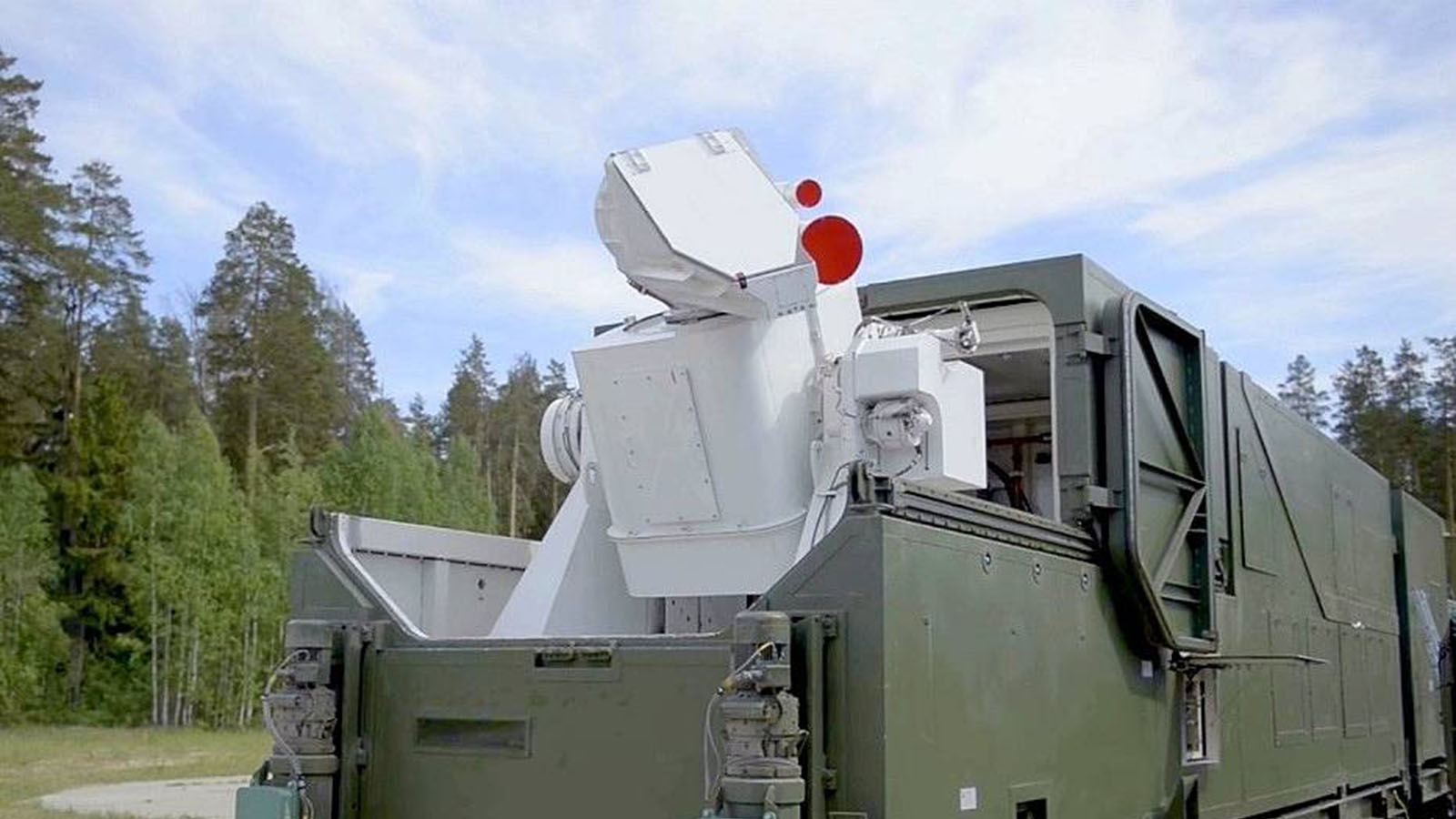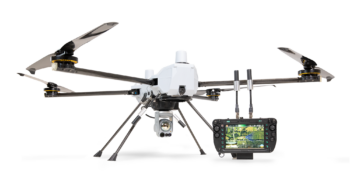
Russia’s Peresvet laser system. (Russian Ministry of Defense)
WASHINGTON: Claims by a top Russian official that Moscow has unveiled a powerful new laser weapon prototype to attack drones and satellites being used in Ukraine should be taken with a boulder of salt, experts say.
“As with some many things that comes from the Russians, it’s hard to separate fact from fiction,” said Mark Lewis, head of the National Defense Industrial Agency’s Emerging Technologies Institute and former acting undersecretary of defense for research and engineering.
Laura Grego, an astrophysicist at MIT with expertise in directed-energy, summed up: “There’s not a lot of detail, but from what there is, there’s no need to hyperventilate.”
Speculation about the purported new weapon began on Wednesday when Western media picked up statements to Russian state television by Yury Borisov, Russia’s deputy prime minister in charge of military development, claiming that a prototype of a drone-killing laser weapon had already been tested and is being used in Ukraine. That system, called “Zadira,” is more powerful than Russia’s Peresvet laser system revealed by President Vladimir Putin in 2018, he said.
“If Peresvet blinds, then the new generation of laser weapons lead to the physical destruction of the target — thermal destruction, they burn up,” Borisov told Russian state television.
The problem, experts said, is the Peresvet and Zadira appear to be designed to do different things, neither of which is particularly novel or technically impressive.
Some four or five Peresvet systems have been deployed in Russia alongside its mobile ICBM, Topol-MR, Secure World Foundation’s Brian Weeden said in a tweet today. Weeden is a co-editor of the foundation’s annual “Global Counterspace Capabilities” report, the latest of which includes a section on the Peresvet describing it a a “laser dazzler” comprising “a laser connected to a gimbaled mirror, all of which is mounted inside a truck-towed trailer.”
Borisov said that Peresvet could blind satellites orbiting at altitudes up to 1,500 kilometers, the upper ranges of Low Earth Orbit where many Earth imaging satellites, including spy sats operated by the National Reconnaissance Office, reside.
The ability to dazzle a satellite at that range isn’t a particularly amazing capability, especially given that most modern optical imaging satellites carry cameras that included lenses that function like human eyelids, and simply close when they detect any potentially blinding light source (natural or otherwise).
“Laser systems that can damage tougher and more distant targets such as ICBMs or orbiting satellites are quite some years away. Satellite sensors definitely can be vulnerable to being dazzled or blinded if they are not protected, but certainly much less so if they are well-designed,” Grego said.
The 2022 Defense Intelligence Agency report on “Challenges to Security in Space,” which tends toward the forward-leaning in its threat assessments, found that Beijing “may” field lasers that could cause structural satellite damage by the mid- to late-2020s; and Russia maybe by 2030.
As for Zadira, Borisov’s comments appear to indicate that it is aimed at drones, not satellites. That makes sense, said one defense industry source, in that Ukraine is successfully deploying drones in the on-going war.
“This article seems to be lumping together counterdrone lasers with counterspace lasers. Those are two very different applications, and I have not yet seen anything to suggest that Russia has used counterspace laser,” the industry source said.
“Counterdrone lasers make perfect sense and that is not surprising at all — Russia is getting hammered by small, loitering drones right now. I’m not convinced their ‘prototype’ system will actually prove effective, but I have no doubt they are trying to get it to work,” the source added.
Grego agreed: “The Zadira looks to be a battlefield laser weapon designed to target nearby and relatively fragile systems such as drones. Countries like the United States already deploy laser systems for such targets. The Army has short-range laser defenses and the Navy is beginning to field a system that could target things like rubber dinghies, and the Pentagon is aiming to field more powerful systems that could destroy artillery or mortars.”
Just last month Breaking Defense reported Israel’s announcement that its laser system took out not only drones but mortars and rockets in mid-air.
Among those less than impressed with the Kremlin’s claim was Ukrainian President Volodymyr Zelenskyy, who mocked it as desperate propaganda.
“The clearer it became that they had no chance in the war, the more propaganda there was about an amazing weapon that would be so powerful as to ensure a turning point,” he said in a video address.
Can tech reduce civilian deaths in conflict? Mark Milley isn’t so sure.
“How are we going to reduce civilian deaths to the smallest amount humanly possible?” asked Palantir’s Alex Karp this week. “That is a tech problem.”


























